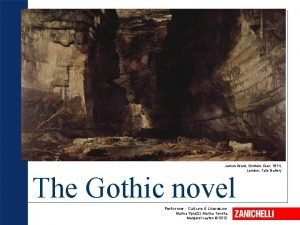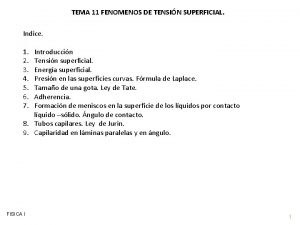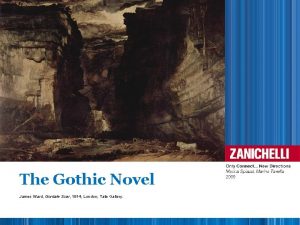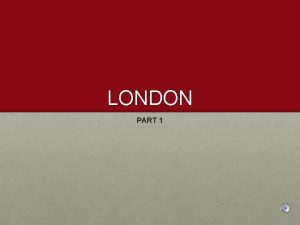James Ward Gordale Scar 1814 London Tate Gallery










- Slides: 10

James Ward, Gordale Scar, 1814, London, Tate Gallery The Gothic novel Performer - Culture & Literature Marina Spiazzi, Marina Tavella, Margaret Layton © 2012

The Gothic novel 1. The origin of the name It came to popularity at the end of the 18 th century The adjective ‘Gothic’ three connotations Medieval, linked to the architecture of the 12 th-14 th centuries Performer - Culture&Literature Irregular, barbarous, opposed to Classicism Wild, supernatural, in the sense of mysterious

The Gothic novel 2. Influences The 18 th-century society Industrial exploitation • Destruction of the single human being. • Man as a slave to forces he could not control. • Gothic symbols as denunciation of social problems. The ‘sublime’ • As a celebration of terror. • As a rejection of constraints and limits. • As exploration of forbidden areas. Performer - Culture&Literature

The Gothic novel 3. The Gothic setting • Great importance given to terror, characterised by obscurity and uncertainty, and horror, caused by evil and atrocity. • Darkness, a necessary ingredient for the mysterious, gloomy atmosphere. Performer - Culture&Literature

The Gothic novel 3. The Gothic setting • Ancient settings isolated castles and mysterious abbeys with hidden passages, underground cellars, secret rooms. • Catholic countries as the setting for the most terrible crimes, due to Protestant prejudices against Catholicism. Performer - Culture&Literature

The Gothic novel 4. The characters • Characters dominated by exaggerated reactions in front of mysterious situations or events. • Supernatural beings: vampires, monsters and ghosts. • Sensitive heroes: they save heroines. • Heroines stricken by unreal terrors and persecuted by the villains. • Satanic, terrifying male characters, victims of their negative impulses Henry Fuseli (Johann Heinrich Füssli), The Nightmare, 1781, Goethe Museum, Frankfurt Performer - Culture&Literature

The Gothic novel 5. The language Gothic writers chose vocabulary that referred to emotions and feelings, capable of evoking anxiety, fear or horror. Semantic areas Words Mystery enchantment, ghost, haunted, infernal, magic, secret, spectre, vision Fear / Terror / Sorrow agony, anguish, apprehensions, despair, dread, fearing, frightened, hopeless, horror, melancholy, miserable, panic, sadly, scared, shrieks, sorrow, tears, terror, unhappy, wretched Haste anxious, breathless, frantic, hastily, impatient, running, suddenly Anger anger, enraged, furious, rage, resentment, wrath Largeness enormous, gigantic, large, tremendous, vast Performer - Culture&Literature

The Gothic novel 6. Metonimy Metonymy: a subtype of metaphor, in which something is used to stand for something else. The following metonymies for doom and gloom suggest elements of mystery, danger, or the supernatural and are common in Gothic novels. Elements of nature wind, especially howling; gusts of wind blowing out lights rain, especially blowing thunder and lightning Setting doors grating on rusty hinges clanking chains lights in abandoned rooms doors suddenly slamming shut ruins of buildings barking of distant dogs / wolves Characters sighs, moans, howls, strange sounds characters trapped in a room footsteps approaching crazed laughter Performer- Culture&Literature

The Gothic novel 7. First Gothic authors • • Horace Walpole The Castle of Otranto (1764) Ann Radcliffe The Mysteries of Udolpho (1794) Matthew Lewis The Monk (1796) Mary Shelley Frankenstein (1818) Performer - Culture&Literature

The Gothic novel 8. Popularity • Great interest during the 18 th century common to all strata of society. • The features of Gothic novels preserved in modern and contemporary descendents of this genre in the works of: Charlotte Brontë Edgar Allan Poe Robert Louis Stevenson Bram Stoker Performer - Culture&Literature


















